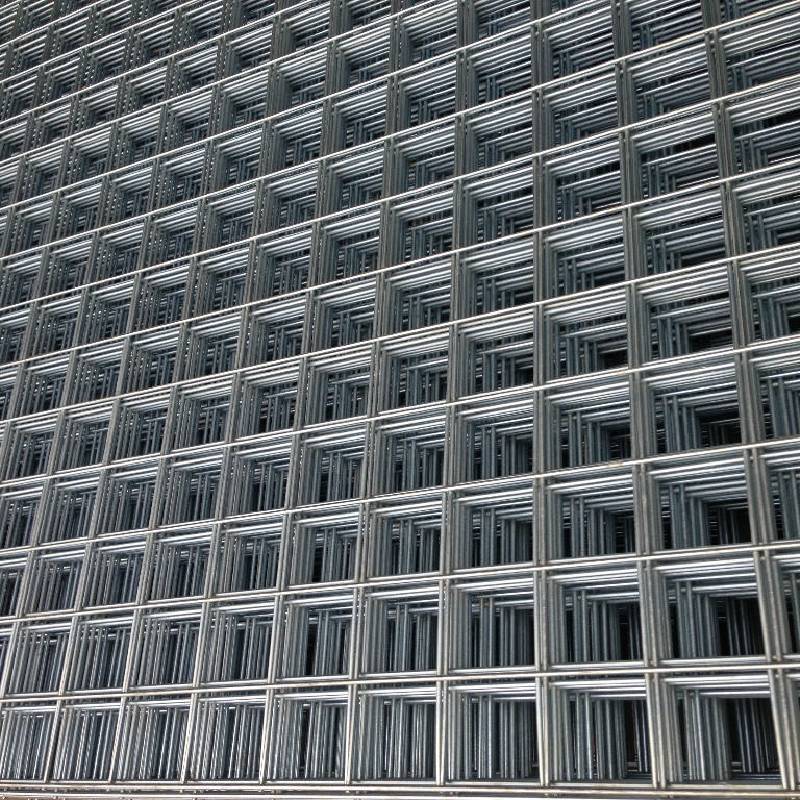
- Mobile Phone
- +8613931874955
- sales@cntcmetal.com
Understanding the Importance of Concrete Wall Form Ties in Construction and Safety
Understanding Concrete Wall Form Ties Enhancing Structural Integrity
Concrete structures are a fundamental element of modern construction. Among the essential components that ensure these structures are built to last are wall form ties. These critical elements play a crucial role in maintaining the structural integrity of concrete walls during the curing process, ensuring that the finished product meets engineering specifications and safety standards. In this article, we will explore the purpose, types, installation, and benefits of concrete wall form ties.
What are Wall Form Ties?
Wall form ties are devices used to hold the two sides of a concrete formwork together while the concrete is poured and sets. They are typically made from materials such as steel, plastic, or fiberglass and are designed to withstand the lateral pressure of wet concrete until the concrete has cured and gained sufficient strength. Form ties create an opening, or tie hole, in the finished wall that can be patched after the formwork is removed.
Purpose of Wall Form Ties
The primary purpose of wall form ties is to ensure that the forms remain stable and aligned during the concrete pouring process. When concrete is poured, it exerts considerable force against the formwork—often exceeding 2,000 pounds per square foot. Without proper support, the formwork could bow or even collapse, compromising the quality and integrity of the finished wall.
Additionally, wall form ties help maintain the specified thickness of the concrete wall, ensuring uniformity and structural soundness. They play a critical role in achieving the desired aesthetics of concrete walls, particularly in architectural applications where surface finish and appearance are important.
Types of Wall Form Ties
There are several different types of wall form ties available, each designed for specific applications and construction techniques
. Some common types include1. Regular Steel Ties These are the most traditional form ties, typically made of steel. They offer high strength and are often used for heavy-duty applications.
2. Plastic Ties Lightweight and non-corrosive, plastic form ties are used in applications where rust or corrosion could affect the integrity of the structure. They are also popular for projects requiring reduced weight.
3. Threaded Rods This type of tie uses a threaded rod and a nut system that allows for precise adjustments and increased tension control.
concrete wall form ties

4. Snap Ties These ties can be quickly installed and removed, making them ideal for projects with tight schedules. They typically require less labor time and can improve overall efficiency.
5. She-Bolts Designed to be used in either permanent or removable form systems, she-bolts are useful for applications where the ties need to remain in place.
Installation of Form Ties
Proper installation of wall form ties is crucial for their effectiveness. The process involves placing the ties at regular intervals along the formwork before pouring concrete. Ties are typically set at a distance appropriate for the wall's height and thickness, ensuring uniform pressure distribution.
Once the concrete is poured and has set, the ties can be carefully removed or left in place, depending on the type and finish of the wall required. If the ties leave holes, these openings must be patched to maintain the wall's structural integrity and aesthetics.
Benefits of Using Wall Form Ties
The benefits of using concrete wall form ties are numerous. They facilitate more efficient construction by providing stability and alignment to formwork, reducing the risk of accidents and material waste.
Moreover, they enhance the quality of concrete walls by promoting uniform thickness, which is essential for structural performance. By ensuring that walls are poured evenly and with the appropriate reinforcement, ties contribute to the overall longevity and durability of concrete structures.
In addition, modern form ties are designed with features that allow for easy removal and minimal damage to the concrete, thus preserving the appearance of the surface and reducing the need for extensive finishing work.
Conclusion
Concrete wall form ties are indispensable tools in the construction industry. Their ability to enhance the safety, integrity, and efficiency of concrete wall construction cannot be overstated. As construction techniques evolve, the development of advanced form tie systems will continue to play a crucial role in the creation of durable and aesthetically pleasing concrete structures. Understanding their purpose, types, and installation methods is essential for any construction professional aiming to optimize their projects.
share:
-
Your Source for Concrete Wall Ties and Masonry AccessoriesNewsJul.10,2025
-
Unlocking the Power of Iron Wire for Every ProjectNewsJul.10,2025
-
Explore Advanced Chain Wire and Stainless Steel Mesh FencingNewsJul.10,2025
-
Discover the Benefits of Annealed Wire ProductsNewsJul.10,2025
-
Discover China Stainless Steel Wire Mesh SolutionsNewsJul.10,2025
-
Build with Confidence Using High-Performance Masonry AccessoriesNewsJul.10,2025
-
Why Sacrificial Formwork Is Redefining Underground ConstructionNewsJun.06,2025



















